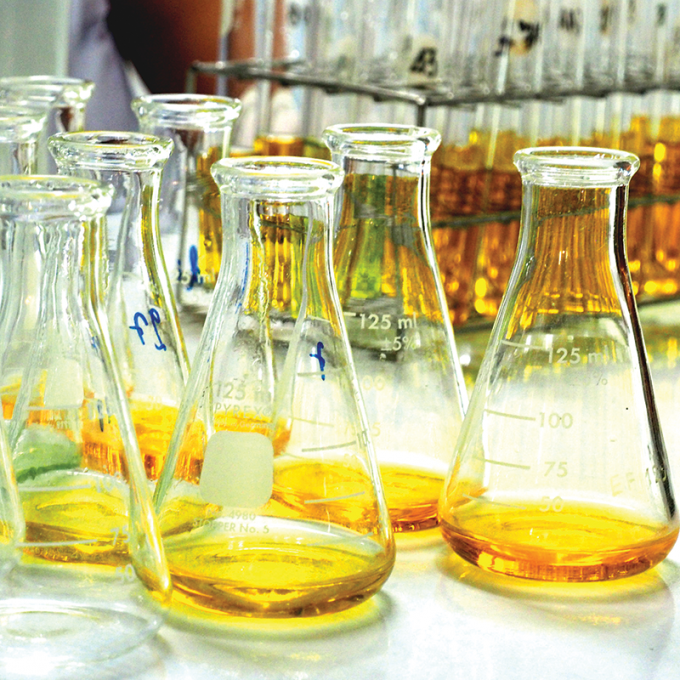Professor Taylor’s current research interests include bioorganic and nucleic acids chemistry, breast cancer imaging and chemotherapy, sunlight and skin cancer, and natural products inhibiting or activating heat shock proteins.
Professor Taylor's research on sunlight and skin cancer has shown that although many of the carcinogenic effects of sunlight can be attributed to DNA photoproducts, such as the cis-syn cyclobutane pyrimidine dimer (CPD), the factors governing the formation and biological activities of individual photoproducts are largely unknown. We are currently most interested in understanding a newly discovered “dark” or chemosensitization pathway (Fig. 1) to CPDs in melanocytes involving high energy dioxetanes. We are also studying what controls deamination of cis-syn cyclobutane pyrimidine dimers at CpG sites in nucleosome core particles as a model of chromatin (Fig. 2). We have also recently discovered a new photoproduct of human telomeric DNA which arises from G-quadruplex structures in vitro (Fig. 3) and have been investigating the possible roles of the photoproduct in vivo. This work involves computational chemistry, organic synthesis, synthesis of fluorescent probes, automated DNA synthesis, HPLC, 2D NMR, MALDI and ESI, radioactive labeling, gel electrophoresis, NextGen sequencing, cloning, protein expression, cell culture, and PCR.

